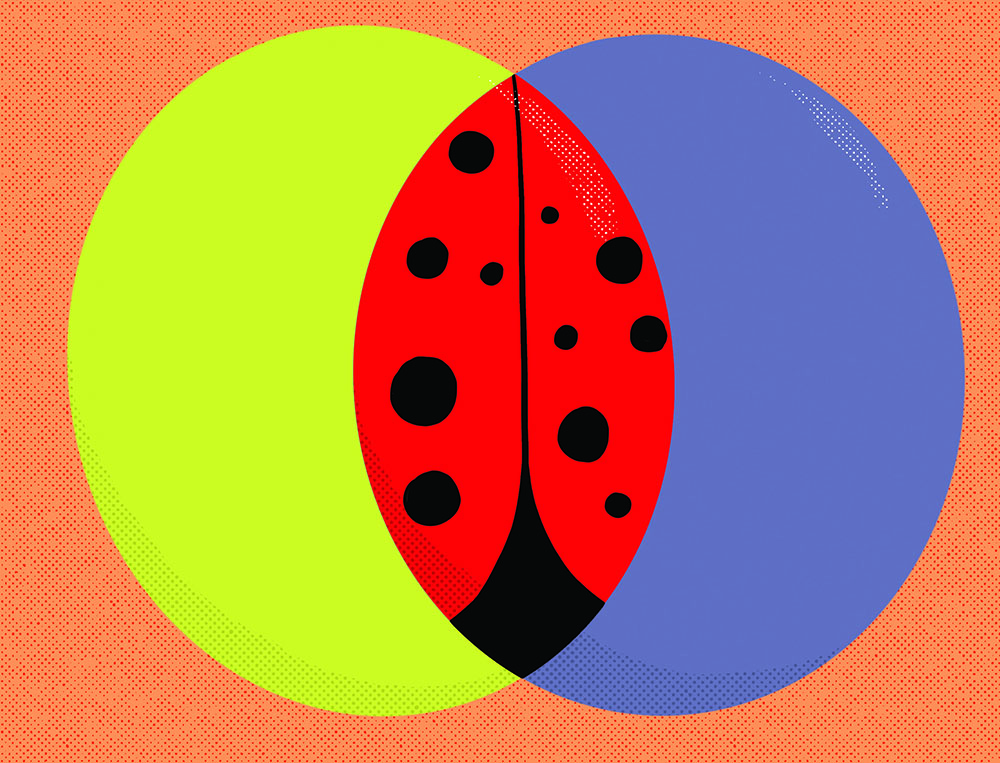Ontario rosé – an origin story

If you are a fan of Ontario rosé, you will want to thank the man who created the category, Martin Malivoire. He started his winery specifically to produce a great pink wine in Niagara. Malivoire came to the wine industry from an unlikely background: he was a special effects director for motion pictures for 25 years until he became disenchanted with working on violent horror movies.
When he met his partner Moira, they bought a vineyard in Beamsville in 1995, now known as the Moira Vineyard. They built a house on the property with no intention of opening a winery; they just wanted the vineyard owner lifestyle.
At first, they sold their grapes to a local winery, but were not impressed with the wines produced. They decided to go into the winemaking business believing they could do a better job.
And they succeeded. The Malivoire Icewine 1998 won the International Wine & Spirit Competition in London, UK for the best estate grown dessert wine. Someone (whose identity remains unknown) entered the wine on Malivoire’s behalf and one day he received a medal in the mail. “We thought that this might be fun to do,” Malivoire reminisces, “so we bought more land and planted more grapes.”
After consulting various vineyard specialists, Malivoire planted Gamay and Pinot Gris to make his rosé. Deborah Paskus told him that these were not “noble grapes,” that he could not charge much money for them, and advised him to plant Chardonnay and Pinot Noir. “Later on, we planted some Dijon clones of Gamay — the same ones used in Beaujolais — to get the rosé I wanted. We discovered that these grapes made a great red wine in Ontario; we were amazed by the quality.”
Malivoire’s Ladybug Rosé, first produced in 1998, became an instant hit. It featured the company’s logo, a lady bug, on the label. In 2001, when an invasion of the Asian lady bug blighted the Niagara grape crop, the Liquor Control Board of Ontario (LCBO) insisted that the winery drop the Ladybug name from the label. But Malivoire stuck to his convictions, and the little red beetle still adorns the wine’s label and the back labels of other wines in his portfolio. “It signifies environmental friendliness,” he contends.
Today, Ladybug Rosé is LCBO’s number one Canadian rosé and Malivoire’s flagship wine. The winery produces 24,000 cases of wine, 8,000 of which are Ladybug. Malivoire used to produce some 30,000 cases but they decided to retire their branded red and white blend called “Guilty Men” because of the consumer association with the #MeToo movement. The name originated as a joke, Malivoire explained: “It was me being guilty, putting a Burgundian wine in a Bordeaux bottle and a Bordeaux-style wine in a Burgundy bottle.”
Martin Malivoire recently turned his attention to Chardonnay. He challenged his winemaker Shiraz Mottiar to discover what might be called the Platonic form of this popular grape — by stripping the wines down to the quintessential core of what Chardonnay is.
To do this, Mottiar fermented fruit from the Moira Vineyard in variety of vessels, using different techniques: one in stainless steel (labelled Steel), one in old oak (Stave) and one using whole clusters fermented in a ceramic egg (Skin). The result is remarkable — a trio of wines of totally individual styles to be sold as a pack.
